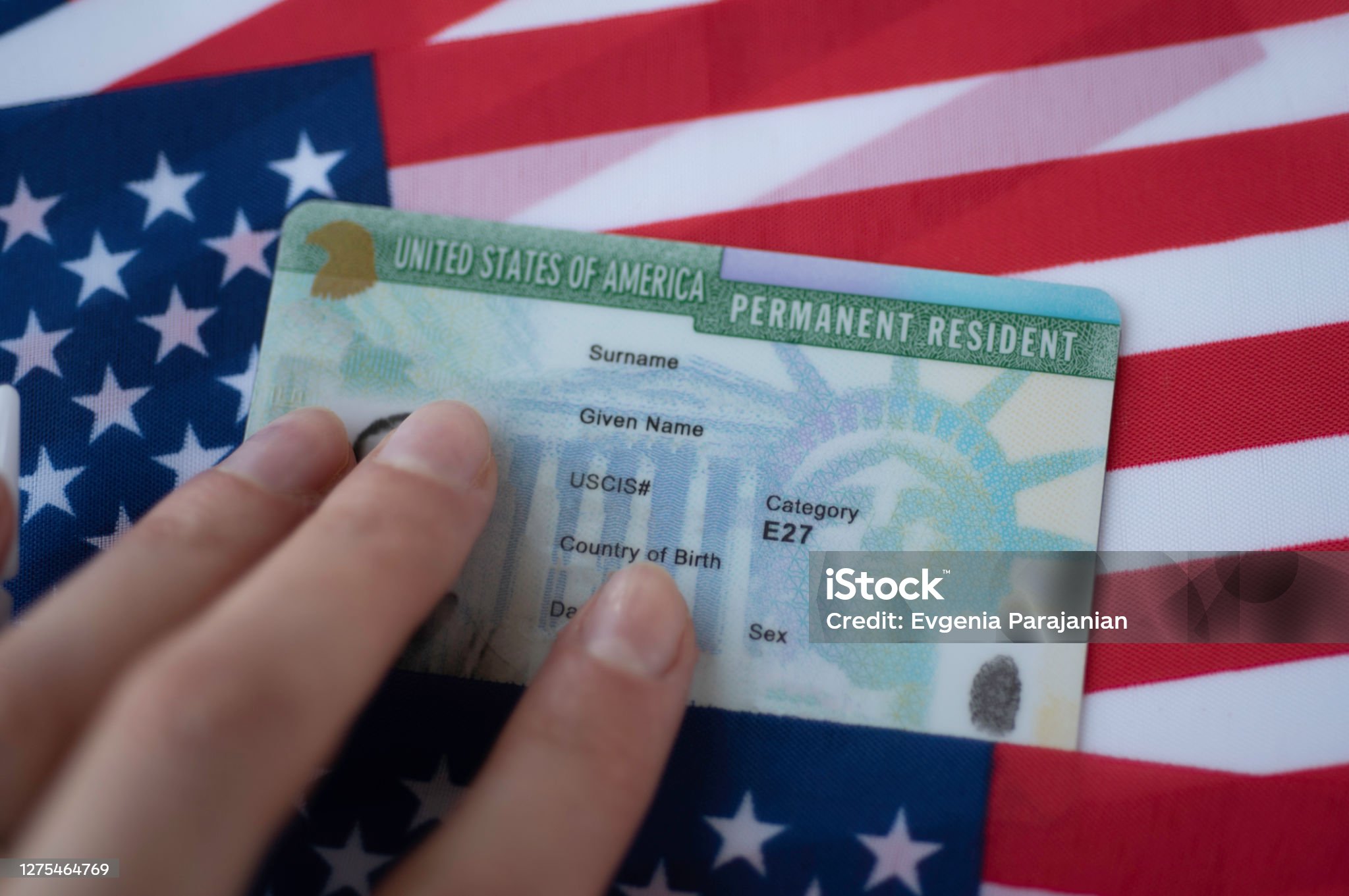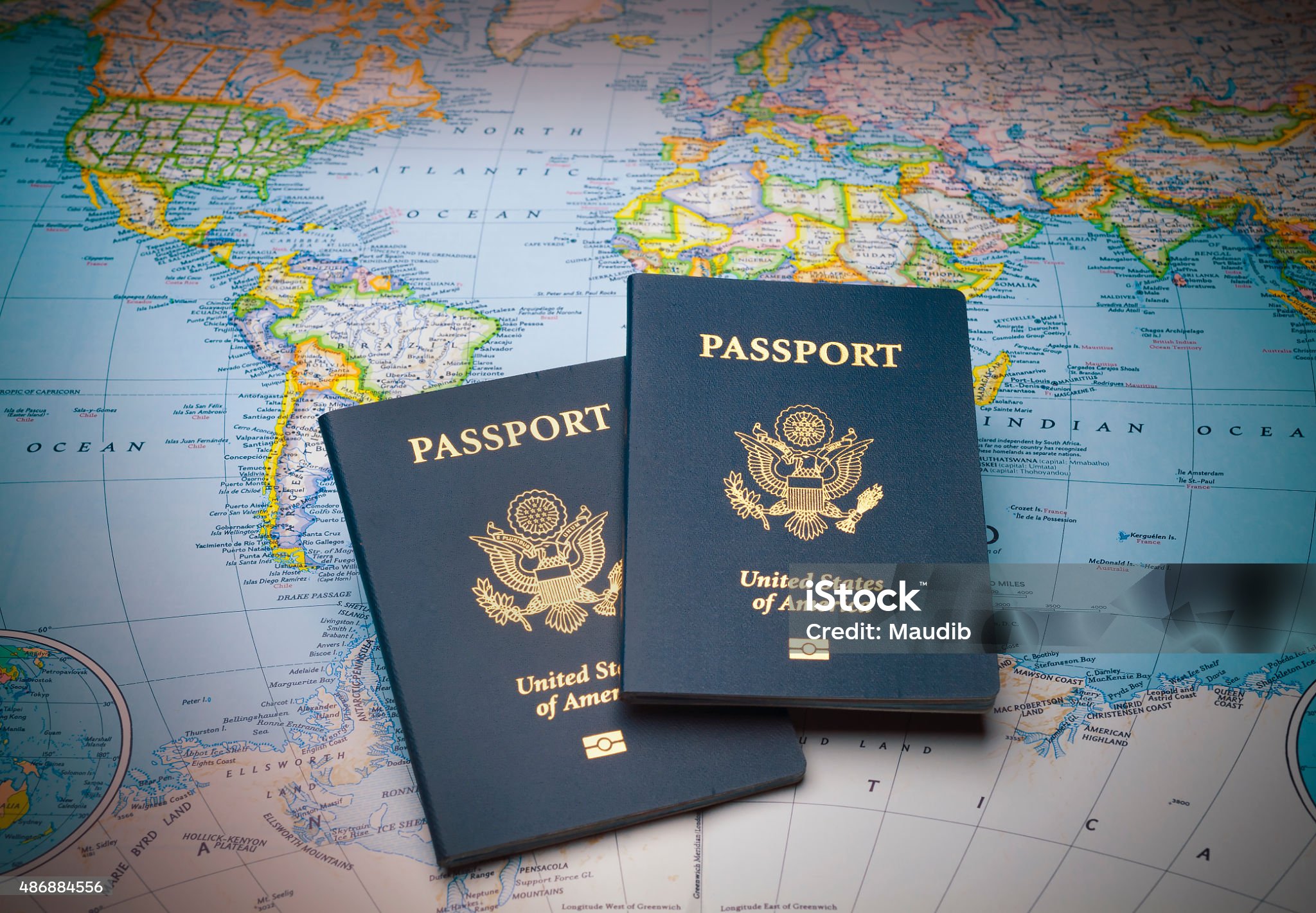Examining the Value of Identification Documents Worldwide and Legal Standards and Future Technological Innovations

1. Introduction to Personal Identification Documents
Personal identification documents hold great importance from both personal and social perspectives. Serving as "permissions" and "access tools," these documents help society run efficiently when widely accepted and available. Various types of identification documents exist, each representing a distinct aspect or purpose. For example, a copyright is considered valid proof of the right to operate a car, while a copyright verifies citizenship and facilitates international travel. These documents are highly valuable on a personal level and are key to completing various contracts, for example, when applying for a job, accessing services, purchasing insurance, or renting a vehicle. Often, financial institutions might require access to these forms of identification when dealing with borrowers who appear unreliable or have poor credit histories. These documents function as both identity verification and legal authorization to operate financially or otherwise.

Identification documents weren't always as integral to daily life as they are in modern times. The importance of these documents has expanded in response to evolving legal standards and security needs. Advances in information technology allow organizations to create highly secure systems that surpass the ID technologies accessible to the public. Many countries are in the process of standardizing their IDs with biometric technology. Some already use electronic exit technology.
A person's identification documents serve as a formal confirmation of their legal standing. Globally recognized identification forms, such as passports, copyright, copyright, and driver's licenses, are considered valid at both national and international levels. People often keep these important identification papers safely secured so that they can retrieve them easily when necessary.
This discussion focuses on the importance and legitimacy of documents like the IDP, Real ID, copyright, copyright, copyright, and resident permits to raise awareness about their significance. Educational staff and the general public need to be informed about these documents, and this knowledge could help prevent their loss or aid in their recovery. This information is intended for both domestic and international readers to ensure they do not miss the most important documents they need for their own knowledge and ideals.
2. Legal Framework and Regulations Governing Identification Documents

Identification documents fall under different laws and regulations depending on the jurisdiction. These documents are provided to individuals through authorized issuing entities in accordance with rules designed to maintain their integrity. In some cases, identification documents are compulsory, while in other cases they serve as forms of verification or validation. The individual must comply with the regulations for the jurisdiction where the document is intended to be used. In summary, it is important for individuals to be aware of the specific legal guidelines relevant to them in any jurisdiction where they plan to engage in transactions or utilize these documents. For the most part, government agencies at the state or local level issue, regulate, and restrict certain documents for use in certain transactions.
However, jurisdictional identification requirements can sometimes create conflicts for those traveling or doing business internationally. It is, therefore, a global concern when people experience confusion or alienation when traveling internationally due to a lack of understanding of identification document rules. It would be impossible to list all of the rules for each country here, but it is important to know, that with nearly 200 countries and billions of global inhabitants conducting international trade and business, understanding identification requirements is vital. Failure to follow these rules may result in legal conflicts in foreign countries, where international reciprocity must then be considered. Failure to comply with such rules may lead to both civil and criminal penalties for violating laws related to privacy, identity, commerce, trade, or even human rights.
Public policies and protected rights can sometimes clash when creating security regulations for travel IDs. That is, human rights may conflict with public policy on the tightest, most secure identification and documentation required to combat terrorism. In recent years, the introduction of digital mobile driver’s licenses has led countries to either update or create new laws and regulations that go beyond just technology, as this field continues to evolve. The next frontier for global travel may lie in the widespread use of digital identification documents. Despite the shift towards mobile driver’s licenses, the use of passports is expected to persist well into the future.

Both the standardization and evolution of digital IDs and mobile driver licenses are progressing as well. Take California as an example: two years after passing its mobile copyright law, stakeholders are now ready to agree on formal rules for the first state-endorsed mobile license.
3. A Comparison of International Driver’s License, Real ID, copyright, copyright, copyright, and Resident Permit
The International Driver’s License is a document issued for people traveling internationally to drive legally. Neither the United Nations nor the International Non-Governmental Organization ever made the International Driver’s License to facilitate travel within a group of states.
The Real ID, is mainly used as a form of identification acceptable for boarding domestic flights, alongside state driver’s licenses and identification cards produced by states and territories following a national standard. The Real ID can also be employed to gain access to federal buildings and nuclear facilities. It is important to note that the Real ID is not designed as a travel document, nor does it serve as a copyright, visa, or residency permit. Though some people may use it abroad as an identification and date of birth document, the Real ID is primarily intended for domestic use.
In the United States, passports serve as original forms of identification, as opposed to derived ones. A copyright is primarily used as a tool of foreign diplomacy; it was created to safeguard citizens from arrest and assist them in traveling for diplomatic or non-obligatory negotiations. This is the copyright’s official and administrative purpose. Of course, the copyright can also be used for bureaucratic or private matters. In order to travel abroad, especially across state borders, but in some states inter-regionally, the traveler must not only be fit to carry a copyright but also meet many other requirements.
copyright are issued at birth and are typically required to acquire passports and other forms of official ID. When comparing the two, it seems that both a copyright and a copyright serve the same fundamental purpose. That said, a copyright provides extended functions beyond its initial use. Additionally, while a copyright is necessary to get a copyright, it never directly leads to acquiring a “second copyright”. It is irrelevant to the second copyright unless the traveler intends to pursue an unlawful second nationality.
4. Security Elements and Fraud Prevention in Identification Documents
Various security features guard against counterfeiting, alteration, tampering, and fraudulent use. For example, many ID cards and documents include advanced features like holograms, layered images, and laser-etched designs. Other cards may feature RFID chips that store digital images and biometric data.
A number of these security components are covert or semi-covert, including techniques such as special ink designs, watermarks, or microtext. Such security features are put in place to make ID documents extremely hard to copyright or alter.

Typically, the security level of an identification document needs to match the trust or authority level it represents. For instance, a copyright doesn’t need the same high-level security features as a copyright, which is primarily used for international travel.
Advances in technology have led to the development of sophisticated ID document security features. It is important to actively promote and adapt new security features and issuance practices whenever possible to stay ahead of potential counterfeiters and fraudsters.
Additionally, constantly assessing existing and new security features and issuance techniques is critical. This ensures that these features stay ahead of evolving threats that could undermine document security.
A robust anti-fraud security system must focus on both proactive and reactive approaches to prevent fraud. Proactive strategies include actions such as education, public campaigns, service announcements, and security-focused events or workshops.
5. Conclusion and Future Trends in Identification Document Technology
This article examines the diverse forms of identification documents found around the world. Identification documents should resident permits be understood not only in terms of technical aspects like security features but also through the legal frameworks supporting their use in courtrooms.
My research highlights varying perspectives on what constitutes a strong identification document and how its value as a verification tool changes depending on where it’s utilized. Additionally, ethnographic research could offer insight into how different cultures define what constitutes a reliable identification document. Comparative work also provides insight into how the legitimacy of identification documents can vary even in countries with similar political, social, and economic systems.
Future trends in identification documents are being transformed by new digital and technological advances. Digital technology is consistently improving the security and service potential of secure documents like electronic IDs (eIDs), in line with the widespread use of mobile devices. Key developments in this technological shift involve biometrics and blockchain technology as part of secure identification systems.
Biometrics and its “liveness” function will collect the necessary biometric data during the direct correspondence between the person and the enrolling or verification authority, increasing the level of trust in the correct identity, excluding digital diversion of identity. It will go beyond our basic human rights recognized by international law and several constitutions. Access to this biometric data needs to remain highly private and governed by the individual’s consent.

Digital identity systems might contribute to exclusion, particularly for individuals who do not have easy access to digital identification systems. Not everyone is able to easily obtain a digital identity. Some already speak of an “identity gap” widened by technology, which creates disparities in access to identity verification needed for participation in various societal sectors.
Digital identity systems need to be systematically compared to traditional, physical identification documents. Besides verifying identities, digital identity systems also play a role in evaluating risk for a range of transactions. Further research is needed to examine how the rights associated with offline identification verification can be extended to digital identity scenarios.